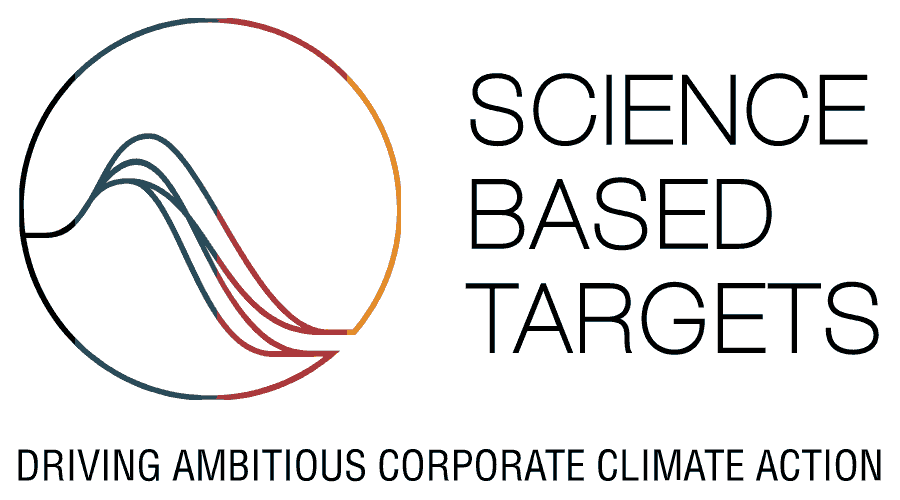The Science Based Targets initiative (SBTi) has introduced the world’s inaugural science-based decarbonization framework for the global iron and steel industry. This framework empowers iron and steel manufacturers worldwide to establish emissions reduction goals tailored to their industry’s unique circumstances.
Through this guidance, the SBTi delineates the extent and pace at which companies within the steel sector should decrease their emissions in order to limit global temperature increases to 1.5°C. It requires a reduction of more than 91% in direct emissions by 2050 compared to 2021. Only by aligning with a science-based emission reduction path can steel companies be confident that they are taking the necessary steps to combat the perilous effects of climate change.
The steel industry is a significant source of emissions, contributing up to 9% of global greenhouse gas emissions. It has long been a fundamental component of various aspects of life and is crucial for the broader economy, as numerous other industries rely on steel for their operations. It is indispensable in manufacturing, construction, infrastructure, transportation, and a myriad of consumer products today. Furthermore, it plays a foundational role in the expansion of renewable energy technologies, including solar panels and wind turbines.
According to research, by 2040, as much as 14% of the potential value of steel companies could be jeopardized by escalating carbon prices if the global industry fails to reduce its environmental impact. The Steel Science-Based Target-Setting Guidance offers a clear roadmap for companies in this sector to establish short- and long-term emission reduction targets in alignment with the 1.5°C goal. This guidance takes into account factors that influence the steel industry’s capacity to set science-based targets aligned with the 1.5°C objective, such as future global steel demand, data limitations, accessibility of key technologies, and the availability of steel scrap.
The Steel Science-Based Target-Setting Guidance supplies the scientific foundation and tools for primary and secondary iron and steel manufacturers, companies within the value chain (such as iron ore suppliers and downstream companies that purchase steel), as well as financial institutions to contribute to averting the catastrophic consequences of climate change.
More than 20 steel companies have already endorsed short-term science-based targets, and 27 have committed to establishing targets, with 19 of them making net-zero commitments. Businesses in the steel sector that have already set targets are encouraged to recalibrate their goals in advance of their regular update schedules.
The development of this pioneering 1.5°C science-based pathway for steel production was carried out through consultation with an independent Expert Advisory Group (EAG) comprised of experts from academia, civil society, and the business sector. This process included a two-month public consultation and a comprehensive review to inform the creation of clear and practical criteria and guidance.
This methodology was co-developed in partnership with the Energy Transitions Commission, which is part of the Mission Possible Partnership—an alliance of climate leaders dedicated to accelerating the decarbonization of industrial sectors.
